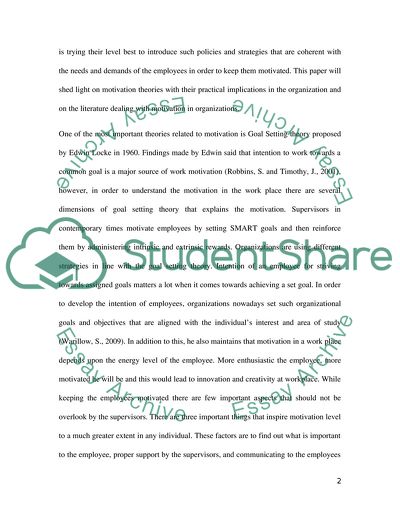Cite this document
(“Theories of Motivation in Organization Essay Example | Topics and Well Written Essays - 2500 words”, n.d.)
Retrieved from https://studentshare.org/miscellaneous/1572413-theories-of-motivation-in-organization
Retrieved from https://studentshare.org/miscellaneous/1572413-theories-of-motivation-in-organization
(Theories of Motivation in Organization Essay Example | Topics and Well Written Essays - 2500 Words)
https://studentshare.org/miscellaneous/1572413-theories-of-motivation-in-organization.
https://studentshare.org/miscellaneous/1572413-theories-of-motivation-in-organization.
“Theories of Motivation in Organization Essay Example | Topics and Well Written Essays - 2500 Words”, n.d. https://studentshare.org/miscellaneous/1572413-theories-of-motivation-in-organization.


